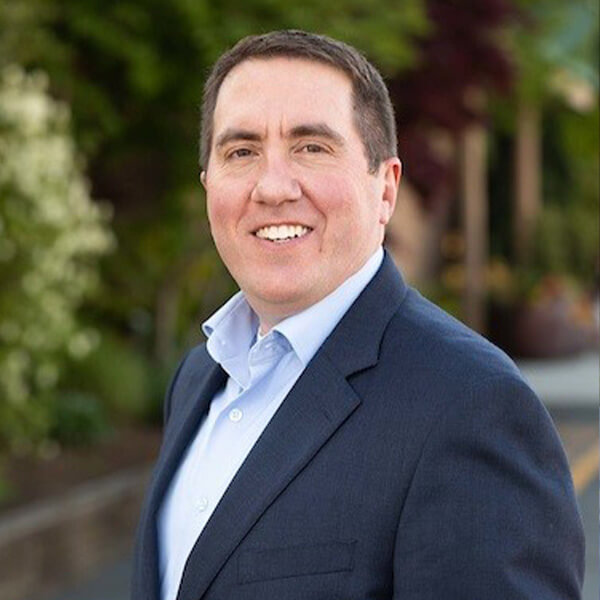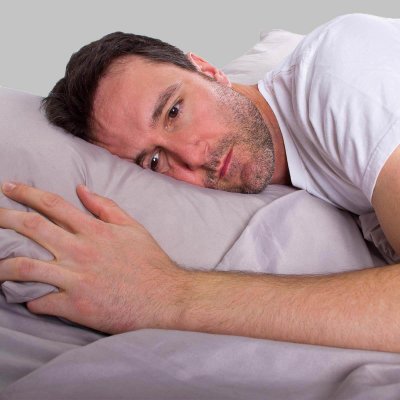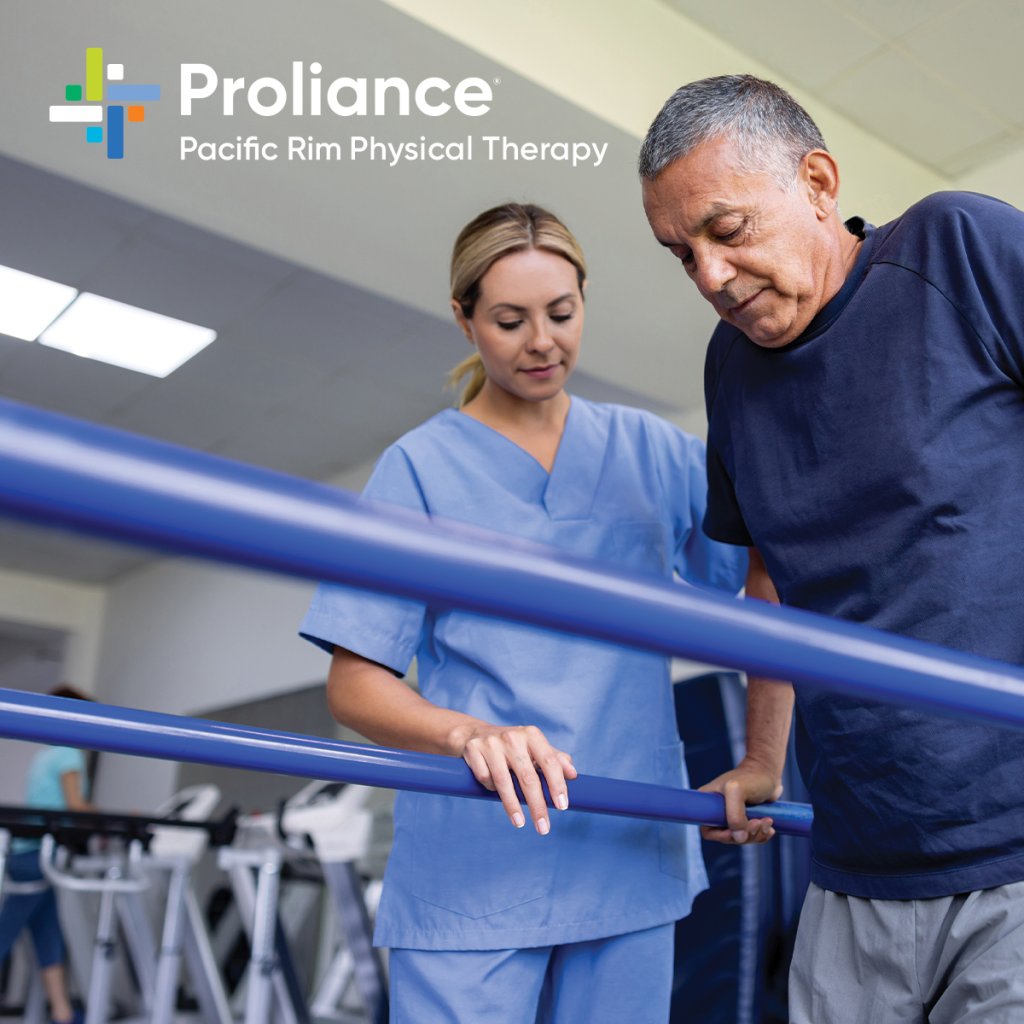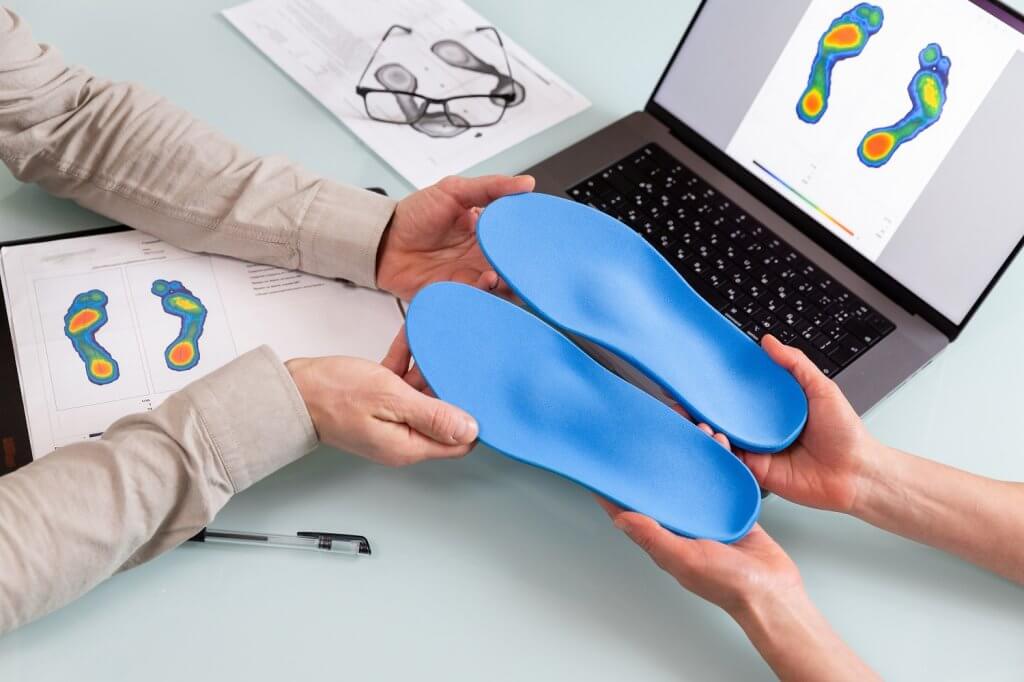About Inspire
The Inspire Hypoglossal Nerve Stimulator received FDA approval for the treatment of obstructive sleep apnea in 2014. The approval was granted following extensive clinical trials in which the safety and efficacy of the device were clearly demonstrated. Since 2014 over 30,000 patients in the United States have been successfully implanted with the Inspire device. The Inspire device is specifically indicated for treatment of OSA in patients who are either intolerant to the use of CPAP (continuous positive airway pressure) or who prefer not to use CPAP for treatment of their OSA. CPAP is the recommended initial treatment patients receive for treatment of sleep apnea.
Many patients experience difficulty tolerating the use of CPAP and are searching for alternative therapies for control of sleep apnea and improvement of their sleep quality. Traditional surgical therapies for obstructive sleep apnea are directed at producing permanent changes to the pharyngeal airway or facial skeleton to create static enlargement of the airway. These procedures have varying degrees of long-term success. The most widely used procedure; uvulopalatopharyngoplasty, has a frustratingly high failure rate in controlling moderate to severe OSA.
The Inspire implant is the newest addition to the surgical options for treatment of OSA. With the Inspire implant the pharyngeal structures and facial skeleton are left undisturbed. The Inspire hypoglossal nerve stimulator is a form of neuromodulation therapy which is an innovative and elegant approach to prevent airway obstruction during sleep. The obstruction occurring during OSA is due to the collapse of the pharyngeal airway. The collapse is due to a combination of anatomic narrowing in certain individuals and loss of resting muscle tone during sleep. The Inspire implant works by using nerve stimulation to move the tongue base forward. This action both enlarges and stiffens the pharyngeal airway preventing airway obstruction from occurring. In addition to the nerve stimulator, the device also includes a respiratory sensor which is able to detect when an individual is inspiring. The nerve stimulation is only delivered when it is needed: during inspiration.
The Inspire device was awarded a “top 10 medical innovation of the year” award from the Cleveland Clinic in 2018.
Meet our Inspire Doctors

Peter F. Maurice, MD

Adrienne M. Laury, MD
What do our surgeons say about Inspire?
We have several surgeons at Proliance that specialize in Inspire Therapy. Read about what they have to say below.
I think one of the most unique things about Inspire is that it is the first treatment option for obstructive sleep apnea (OSA) to actually work on airway tone. While all other previous surgeries have always addressed anatomy by enlarging the airway space, none had previously dealt with the issue of airway collapsibility during sleep. I started doing Inspire implantations 7 years ago and over that time have been continually impressed by the way which it helps patients who have been struggling to control their sleep apnea. By addressing the tone issue, that many patients face while asleep, it uniquely provides a solution for the treatment of OSA that previously was only possible with CPAP. Additionally, Inspire is a relatively noninvasive surgery compared to some of the other surgical options for the treatment of sleep apnea. The therapy has also progressed in the nearly 9 years since its FDA approval. The battery life has increased as well as the size of the battery has gotten smaller. Additionally, it is now Bluetooth capable, MRI compatible, and very easy to use by the majority of patients. In observing this technology for the past 7 years, I would say that the majority of my patients have had significant improvements in their sleep quality with utilization of Inspire. I recommend that this be considered for any patient with moderate or severe sleep apnea who are struggling to utilize their CPAP consistently. We know that the treatment of OSA is important for control of cardiovascular, endocrine, and neurologic diseases and therefore intervention needs to be considered in all patients with moderate or severe OSA.
Inspire therapy is typically initiated with an evaluation by an otolaryngologist. Importantly, we will ensure that the patient qualifies for this therapy based on their sleep study results, body-mass index, and areas and type of airway collapse. Once the patient has been determined to be a candidate, then the authorization process for the surgery begins and we plan for a date for implantation. I do warn my patients that the process for getting used to the device once it is in, does take a few months and patients should be aware of this prior to proceeding. We use a slow increase in utilization and strength of the device so as not to overstimulate the nerve controlling the movement of the tongue too quickly. However once acclimated to it, patients do quite well with this therapy and are able to stop using their CPAP completely in over 70% of cases. Additionally, approximately 95% of patient note an improvement in their sleep quality, while bed partners report an 88% decrease in snoring.
Overall, while not for everyone, Inspire provides a unique option for the treatment of OSA in patients who do not tolerate their CPAPs. Its ability to work on tone rather than anatomy is a truly novel method for addressing airway collapsibility while sleeping.
Dr. Maurice has recently written an article on the recent technological advancements that have improved the diagnosis and treatment of sleep apnea. In this article Dr. Maurice discusses research that speaks to the success of Inspire therapy. You can read the full article here.
My team at Puget Sound Ear Nose and Throat, a division of Proliance Surgeons, were the first surgical team in the Pacific Northwest to offer Inspire therapy to our patients. Our inspire program was initiated in 2016 and our first implant procedure was performed in May of 2017. Since then, we have implanted over 190 patients. All procedures have been completed on an outpatient basis without requiring a hospital stay. All patients have resumed normal diet and light physical activity on the day of surgery. Most patients return to full activity within 1 week. Significant post operative complications have been rare. We have had 1 device failure requiring reimplantation, and 1 infection requiring device removal.
We have found the Inspire implant to be a reliable and effective form of therapy for obstructive sleep apnea. Analysis of outcomes in our implanted patients show a marked reduction in AHI (apnea hypopnea index). In 92 patients for whom data is available, mean AHI reduction was 73%, median reduction was 80% from pretreatment levels. This compares favorably with data reported from the multicenter STAR trial, published in the NEJM. In this study a median AHI reduction of 68% was reported. Successful outcome, or responder rate, in patients treated surgically for obstructive sleep apnea has traditionally been accepted to be a minimum of 50% reduction in AHI, and achievement of an AHI below 20. Using these criteria our success rate with the inspire implant is 82%. Again, this compares favorably with a reported figure of 66% from the STAR trial. Since 2020 there have been further refinements in the implantation procedure and development of closer working relationships with local sleep medicine physicians and staff. This has led to further improvement in our outcomes data.
94% of our patients find the inspire implant easy to use, tolerate therapy well, and would recommend it to others. Many patients express the sentiment that successful use of the implant has been a life changing event for them. Our experience has been that the Inspire implant is an effective and well tolerated addition to surgical therapies we can offer patients for treatment of OSA.






